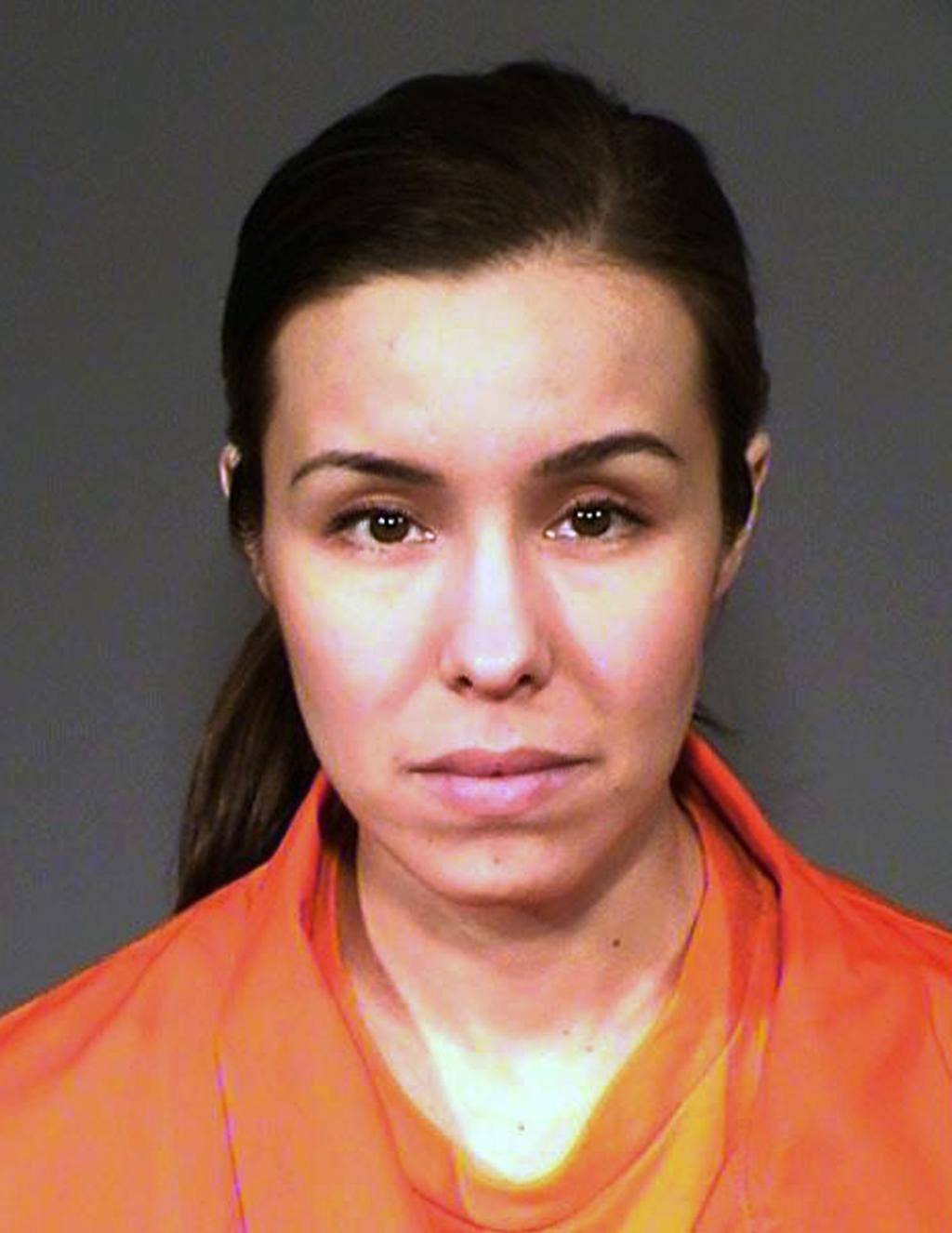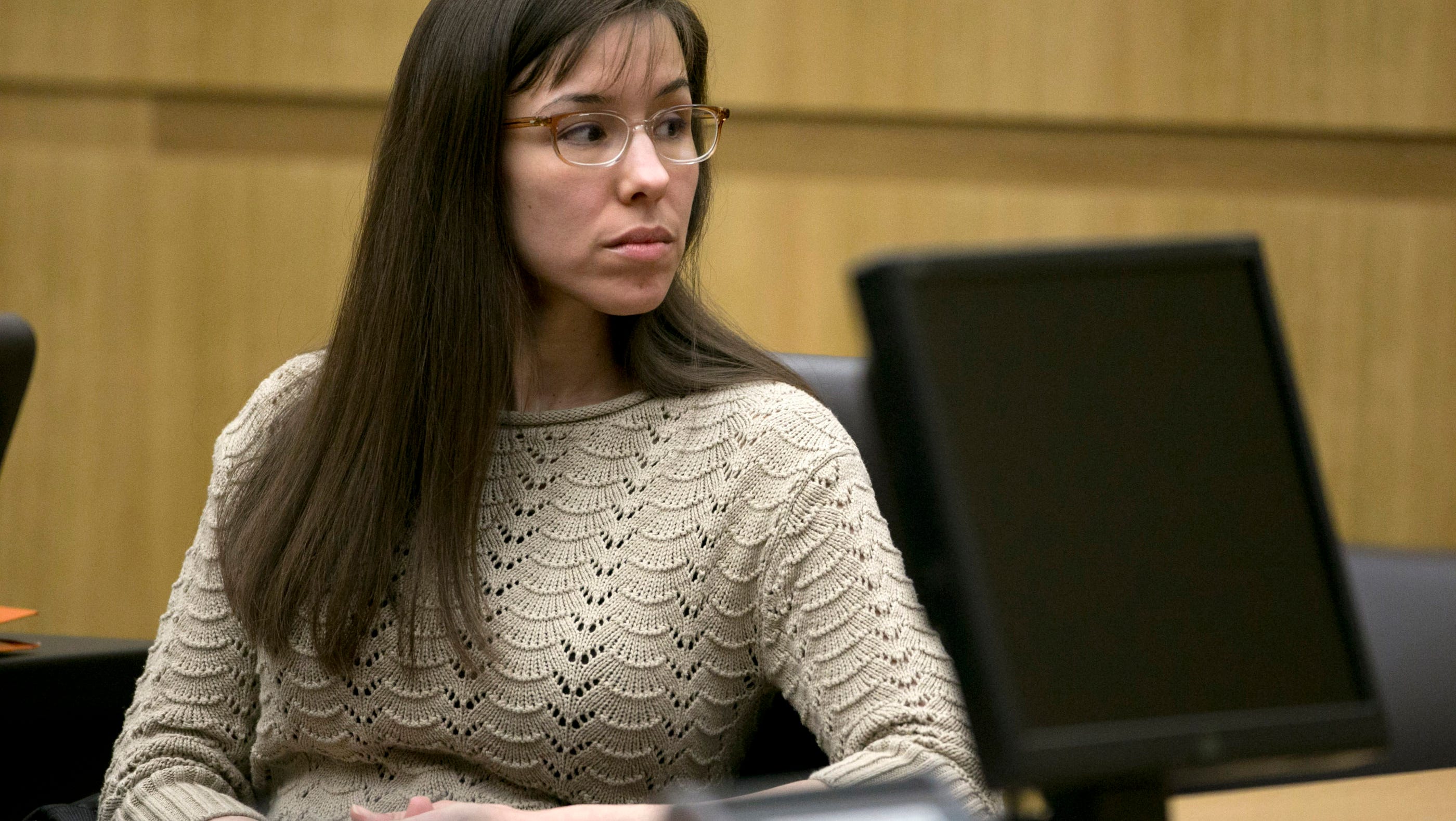True crime enthusiasts have long been captivated by the Jodi Arias case, and for good reason. The gruesome murder of Travis Alexander in 2008 sent shockwaves through the nation, sparking endless debates and media frenzy. The crime scene images from this case remain some of the most controversial and haunting visuals in modern true crime history. But why do people keep coming back to these images? Is it morbid curiosity or something deeper?
Picture this: a young woman accused of brutally killing her ex-boyfriend in a manner so violent it left the nation reeling. Jodi Arias’ story is one of betrayal, manipulation, and tragedy. As the case unfolded, the crime scene images played a pivotal role in shaping public perception. They weren’t just evidence; they were the grim reality of what happened that fateful day.
Now, I know what you’re thinking—why are we still talking about this case? Well, the Jodi Arias story isn’t just about a murder. It’s a complex web of psychology, relationships, and the darker side of human nature. And those crime scene images? They’re the key to understanding the magnitude of what went down.
Read also:Mandy Patinkin In The Princess Bride A Legendary Performance
Understanding the Jodi Arias Crime Scene
Background of the Case
Before we dive into the crime scene images, let’s take a step back and understand the context. Jodi Arias was a 26-year-old woman from California who moved to Mesa, Arizona, where she met Travis Alexander. Their relationship was intense, passionate, and, as it turned out, toxic. On June 4, 2008, Travis was found dead in his home, with 27 stab wounds and a gunshot to the head. The crime scene was a chilling tableau of violence, and the images captured there would become central to the trial.
But here’s the kicker: Jodi Arias initially claimed she had nothing to do with it. She even went so far as to say Travis was killed by intruders. It wasn’t until later that she admitted to the killing, claiming self-defense. The prosecution, however, painted a different picture—one of premeditated murder driven by jealousy and rage.
The Crime Scene Images: A Glimpse into Darkness
What Did the Crime Scene Look Like?
The crime scene photos from the Jodi Arias case are some of the most graphic images ever presented in court. Travis Alexander’s body was found in the shower, covered in stab wounds and with a gunshot wound to the forehead. The scene was meticulously documented by police photographers, capturing every detail of the crime. These images were later shown during the trial, sparking outrage and disbelief among the jury and public alike.
One of the most shocking aspects of the crime scene was the level of violence involved. The sheer number of stab wounds suggested a level of rage that went beyond mere self-defense. But the images also revealed something else: the intimate nature of the crime. Travis and Jodi had been in a relationship, and the crime scene hinted at a personal betrayal that went far deeper than any random act of violence.
Why Are Crime Scene Images So Controversial?
The Ethical Debate
Crime scene images have always been a contentious topic. On one hand, they serve as critical evidence in court, helping to establish the facts of a case. On the other hand, they can be deeply disturbing, raising ethical questions about their use and distribution. In the Jodi Arias case, the images were both a legal tool and a source of public fascination.
But why are people so drawn to these images? Some argue it’s a form of morbid curiosity, while others see it as a way to understand the true nature of crime. Whatever the reason, there’s no denying the impact these images had on the trial and public perception of Jodi Arias.
Read also:Nisha Gurgain Viral Videos Unveiling The Sensation Taking The Internet By Storm
The Trial: A Media Sensation
The Role of Crime Scene Images in Court
The Jodi Arias trial was a media circus from the start, and the crime scene images only added fuel to the fire. Prosecutors used these images to argue that the murder was premeditated and brutal, pointing to the excessive number of stab wounds as evidence. Defense attorneys, on the other hand, claimed the images supported Jodi’s story of self-defense, showing that Travis had been aggressive toward her.
What made the trial even more fascinating was the jury’s reaction to the images. Some jurors reportedly became visibly upset, while others remained stoic. This emotional response highlighted the power of visual evidence in shaping legal outcomes. The images weren’t just pictures; they were a narrative, and both sides of the case fought to control that narrative.
Jodi Arias: A Closer Look at the Accused
Biography
Before the murder, Jodi Arias was just another young woman trying to make her way in the world. Born on September 25, 1980, in California, she grew up in a middle-class family with a passion for photography. Her life took a dark turn when she met Travis Alexander, a charismatic man who seemed to offer everything she wanted. But as their relationship progressed, cracks began to show, leading to the tragic events of June 2008.
| Full Name | Jodi Arias |
|---|---|
| Date of Birth | September 25, 1980 |
| Place of Birth | California, USA |
| Profession | Photographer |
The Psychological Profile of Jodi Arias
Understanding the Mind of a Killer
Psychologists have long been fascinated by the Jodi Arias case, trying to unravel the motivations behind her actions. Was she a cold-blooded killer, or was she a victim of circumstance? The crime scene images, combined with her testimony, suggest a complex psychological profile. Jodi exhibited signs of jealousy, manipulation, and a desire for control, all of which may have contributed to the murder.
But here’s the thing: understanding the psychology of a killer doesn’t excuse their actions. The crime scene images serve as a stark reminder of the consequences of such behavior. They’re not just pictures; they’re a window into the mind of someone capable of extreme violence.
Public Reaction and Media Coverage
How the World Responded
The Jodi Arias case captivated the nation, with millions tuning in to watch the trial unfold. The crime scene images were a major talking point, sparking debates about their use and impact. Some people sympathized with Jodi, seeing her as a victim of an abusive relationship. Others condemned her, viewing her as a calculating killer who got what she deserved.
But the media coverage wasn’t without its controversies. Critics argued that the trial had become more of a spectacle than a search for justice. The constant replaying of crime scene images and sensationalized reporting only added to the chaos. Yet, for many, the case remains a defining moment in modern true crime history.
The Aftermath: Where Is Jodi Arias Now?
Life Behind Bars
After a lengthy trial, Jodi Arias was convicted of first-degree murder in 2013. She currently resides in the Perryville Correctional Facility in Arizona, where she spends her days reading, writing, and reflecting on her past. Despite her conviction, she maintains her innocence, claiming the justice system failed her.
But the story doesn’t end there. The crime scene images continue to haunt both Jodi and the public. They’re a permanent reminder of the violence that took place and the lives forever changed by it. For Jodi, they’re a burden she carries every day, while for the rest of us, they’re a cautionary tale about the dangers of unchecked emotions.
Lessons from the Jodi Arias Case
What Can We Learn?
The Jodi Arias case teaches us many things about human nature, relationships, and the justice system. It shows us the dangers of toxic relationships and the importance of healthy communication. It also highlights the role of crime scene images in shaping public perception and legal outcomes.
But most importantly, it reminds us that behind every crime scene image is a story—a story of pain, loss, and sometimes redemption. The Jodi Arias case may be over, but its lessons will continue to resonate for years to come.
Final Thoughts
As we wrap up this deep dive into the Jodi Arias crime scene images, it’s worth reflecting on why cases like this matter. True crime isn’t just about morbid curiosity; it’s about understanding the complexities of human behavior and the systems that govern us. The images from this case may be shocking, but they also offer valuable insights into the darker side of our world.
So, what’s next? If you’re intrigued by the Jodi Arias story, I encourage you to explore more about true crime and its impact on society. Leave a comment below and let me know your thoughts. And if you enjoyed this article, don’t forget to share it with your friends. The conversation doesn’t have to end here!
Table of Contents:
- Understanding the Jodi Arias Crime Scene
- Background of the Case
- The Crime Scene Images: A Glimpse into Darkness
- What Did the Crime Scene Look Like?
- Why Are Crime Scene Images So Controversial?
- The Ethical Debate
- The Trial: A Media Sensation
- The Role of Crime Scene Images in Court
- Jodi Arias: A Closer Look at the Accused
- Biography
- The Psychological Profile of Jodi Arias
- Understanding the Mind of a Killer
- Public Reaction and Media Coverage
- How the World Responded
- The Aftermath: Where Is Jodi Arias Now?
- Life Behind Bars
- Lessons from the Jodi Arias Case


